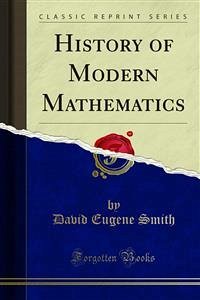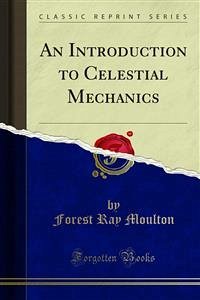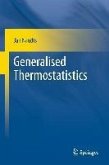The MSS. which formed the basis of this book were committed to us by the author, on his leaving England for a distant foreign appointment. It was his wish that we should construct upon them a much more complete treatise than we have effected, and with that intention he asked us to make any changes or additions we thought desirable. But long alliance with him in this work has convinced us that his thought (especially that of a general philosophical character) loses much of its force if subjected to any extraneous touch.
This feeling has induced us to print Part I. almost exactly as it came from his hands, although it would probably have received much rearrangement if he could have watched it through the press himself.
Part II. has been written from a hurried sketch, which he considered very inadequate, and which we have consequently corrected and supplemented. Chapter XI. of this part has been entirely re-written by us, and has thus not had the advantage of his supervision. This remark also applies to Appendix E, which is an elaboration of a theorem he suggested. Appendix H, and all the exercises have, in accordance with his wish, been written solely by us. It will be apparent to the reader that Appendix H is little more than a brief introduction to a very large subject, which, being concerned with tessaracts and solids, is really beyond treatment in writing and diagrams.
This difficulty recalls us to the one great fact, upon which we feel bound to insist, that the matter of this book must receive objective treatment from the reader, who will find it quite useless even to attempt to apprehend it without actually building in squares and cubes all the facts of space which we ask him to impress on his consciousness. Indeed, we consider that printing, as a method of spreading space-knowledge, is but a “pis aller,” and we would go back to that ancient and more fruitful method of the Greek geometers, and, while describing figures on the sand, or piling up pebbles in series, would communicate to others that spirit of learning and generalization begotten in our consciousness by continuous contact with facts, and only by continuous contact with facts vitally maintained.
This feeling has induced us to print Part I. almost exactly as it came from his hands, although it would probably have received much rearrangement if he could have watched it through the press himself.
Part II. has been written from a hurried sketch, which he considered very inadequate, and which we have consequently corrected and supplemented. Chapter XI. of this part has been entirely re-written by us, and has thus not had the advantage of his supervision. This remark also applies to Appendix E, which is an elaboration of a theorem he suggested. Appendix H, and all the exercises have, in accordance with his wish, been written solely by us. It will be apparent to the reader that Appendix H is little more than a brief introduction to a very large subject, which, being concerned with tessaracts and solids, is really beyond treatment in writing and diagrams.
This difficulty recalls us to the one great fact, upon which we feel bound to insist, that the matter of this book must receive objective treatment from the reader, who will find it quite useless even to attempt to apprehend it without actually building in squares and cubes all the facts of space which we ask him to impress on his consciousness. Indeed, we consider that printing, as a method of spreading space-knowledge, is but a “pis aller,” and we would go back to that ancient and more fruitful method of the Greek geometers, and, while describing figures on the sand, or piling up pebbles in series, would communicate to others that spirit of learning and generalization begotten in our consciousness by continuous contact with facts, and only by continuous contact with facts vitally maintained.









